Will Covid-19 durably transform the way we work?

At the end of 2019, Virtual Reality (VR) and Augmented Reality (AR) were still fairly niche technologies. Even in video games, immersive worlds were not succeeding in enticing the general public, despite the release of major titles dedicated to these platforms, such as Half-Life: Alyx and the hugely popular Pokemon Go.
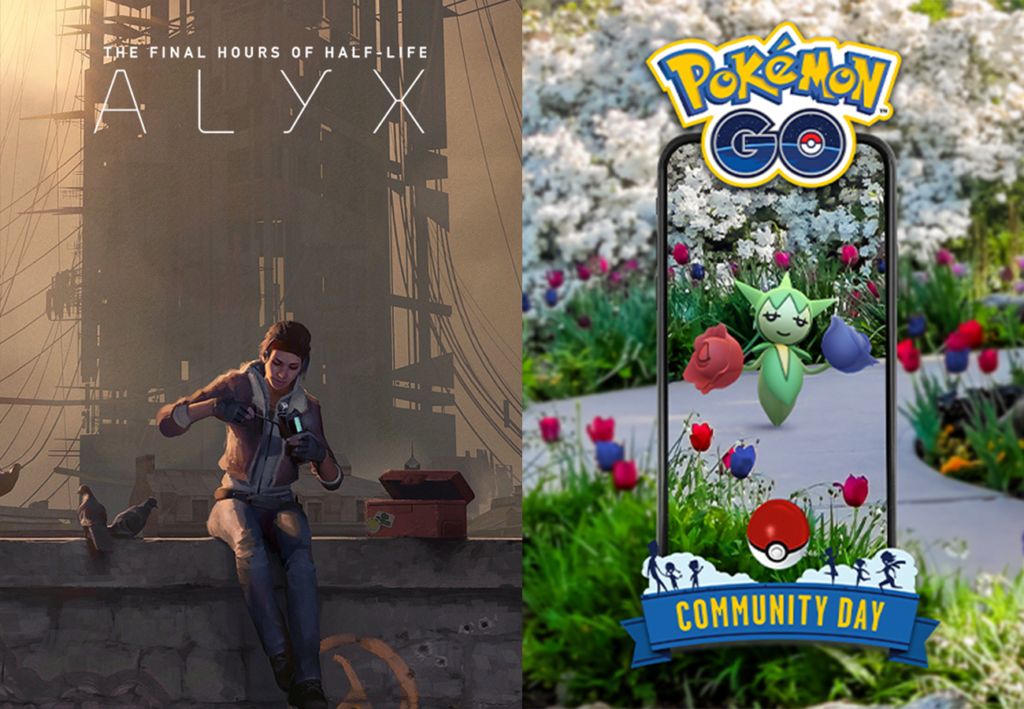
Right: where you’ve been spending half your life since 2016.
But since the explosion of the Covid-19 pandemic in early 2020, which could impact us for quite a while, things have been evolving. We can now expect an increase in the practical applications of AR and VR in our daily lives, on both personal and professional levels. This is exciting news — which we desperately need in these troubled times.
A technology too long confined
Although historians still dispute the exact chronology of Virtual Reality’s genesis, this technology first flourished in the 1970s, mainly in the medical and military fields, but also in the automobile and aeronautics industries.
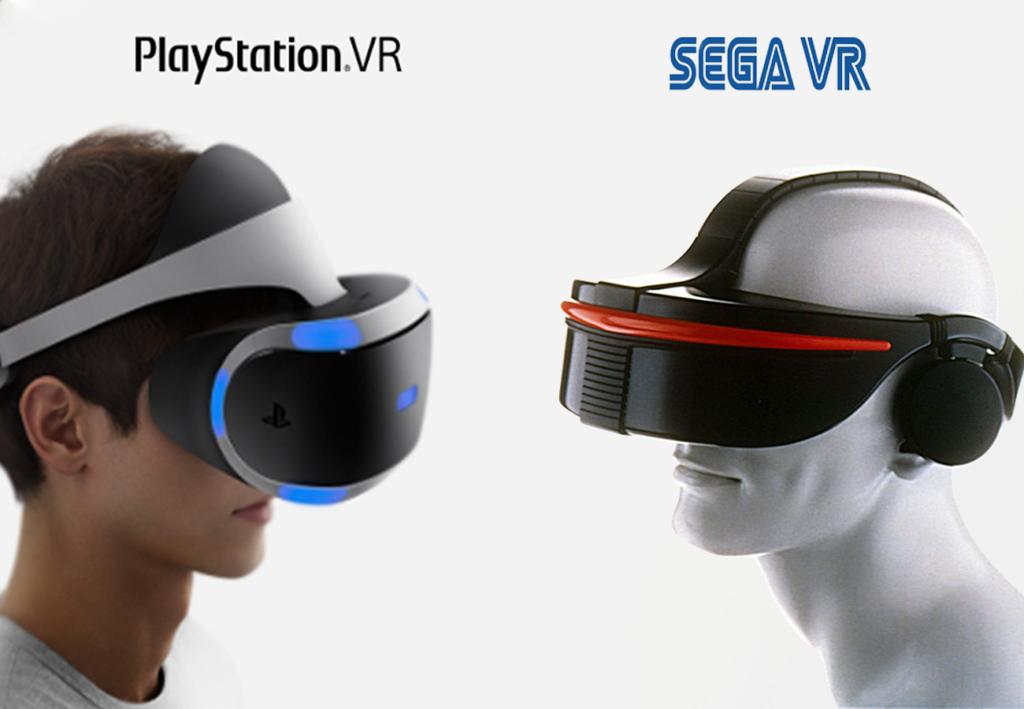
Not until the 1990s did VR begin to invade the entertainment industry (with the Sega VR arcade games, for example). It finally started booming in this century, with VR playing an increasingly important role in our lives. Oculus unveiled its first Rift prototype in 2010, followed by other manufacturers like Valve, HTC with Vive, and Sony’s Playstation VR. The same can be said for AR with projects like Microsoft’s HoloLens (formerly known as the Baraboo project), which also launched in 2010.
While these technologies still struggle to win over consumers, things are progressing much faster in the professional world. In 2014, Bloomberg introduced the first demo of a VR app dedicated to traders, intended as a virtual extension of its emblematic physical terminal.
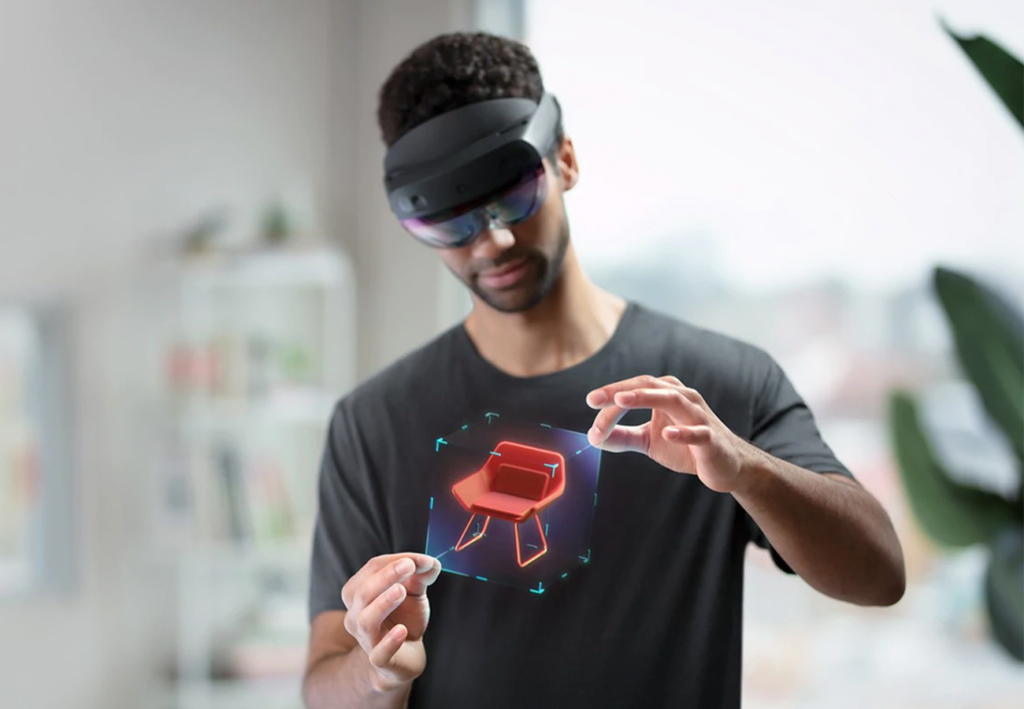
Gaming vs. working: what’s driving progress?
In the field of video games, Nintendo’s Pokemon Go became the first successful AR game, and has continued growing in popularity since its 2016 release. The same year, Apple CEO Tim Cook declared that AR was one of the most promising technologies for all sectors of industry in the fields of both B2B and B2C – be it in sales, fashion or leisure. He even added that, in his opinion, these new interactive tools were going to have as much impact on our society as the advent of smartphones and tablets during the previous decade.
However, many things have challenged this promised revolution, considerably slowing down acceptance by the general public. Firstly, the price of hardware was a massive obstacle to its adoption. Secondly, its cumbersomeness – even though many advances have been made with increasingly more portable peripherals (like the Oculus Go, which evolved into Facebook’s Oculus Quest 2) — was also a major problem.
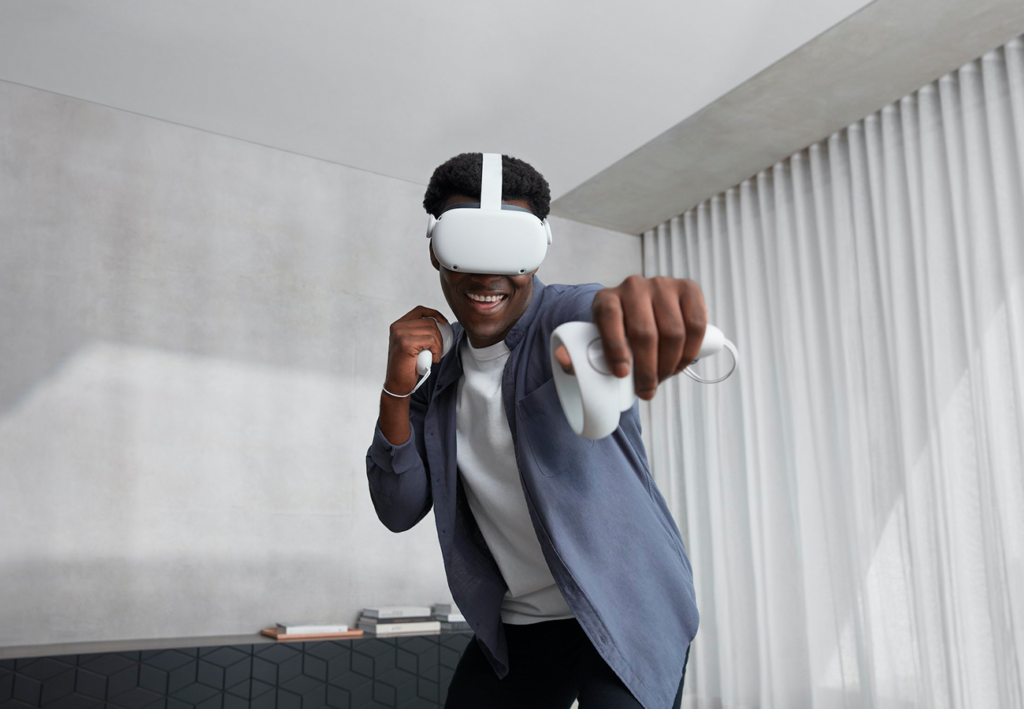
Finally, a certain apathy from app developers was delaying the whole process. In 2019, barely three years after its launch, Google put an end to its VR platform Daydream. That same year, Facebook started abandoning gamers to gradually focus mainly on business apps. Even major brands that had embarked on the VR adventure, IKEA in the lead, were unable to convince consumers to regularly use VR and AR peripherals.
Things are moving, and they’re moving fast
But lines are shifting, especially since the outbreak of the pandemic that’s been changing the world since early 2020. Compelled to review their modus operandi in order to stem the spread of the virus, our societies have initially relied on existing communication tools such as Teams, Zoom, Workplace, YouTube, Facebook Live and others.
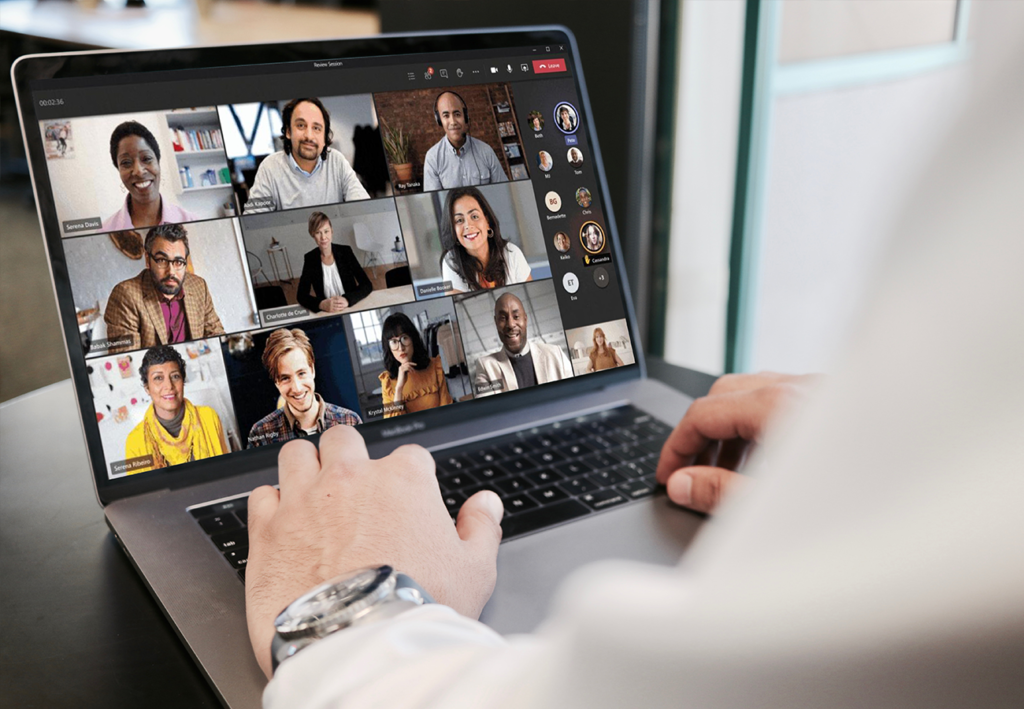
These familiar, tried and proven software, enable users to organise work meetings, give courses, interact with their doctor, or simply set up virtual meeting places with their friends and family, fighting isolation due to the necessary confinement measures.
Unfortunately, these tools quickly showed their limits. Austere and two-dimensional, they are often too limited in terms of potential interactions, failing to provide the same feeling as face-to-face, real-life encounters. And this is where a renewed interest in eXtended Reality (XR) technologies was revived.
The rise of XR solutions
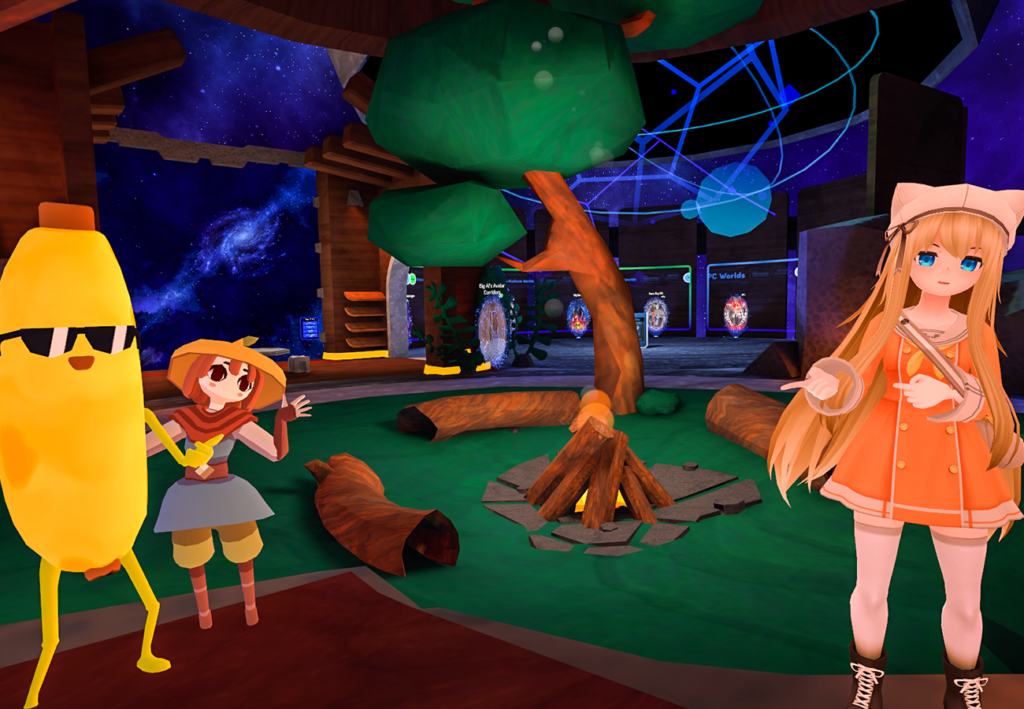
DJs and musicians, temporarily prevented from performing in public, are turning to platforms like Amazon’s Twitch, and use tools such as VRChat to organise performances in virtual clubs. Laval Virtual, an annual VR conference, organised its 2020 edition last April on Virbela, an application developed by a young French start-up that specialises in VR meetings — and has seen revenues grow by 260% since the start of the pandemic.
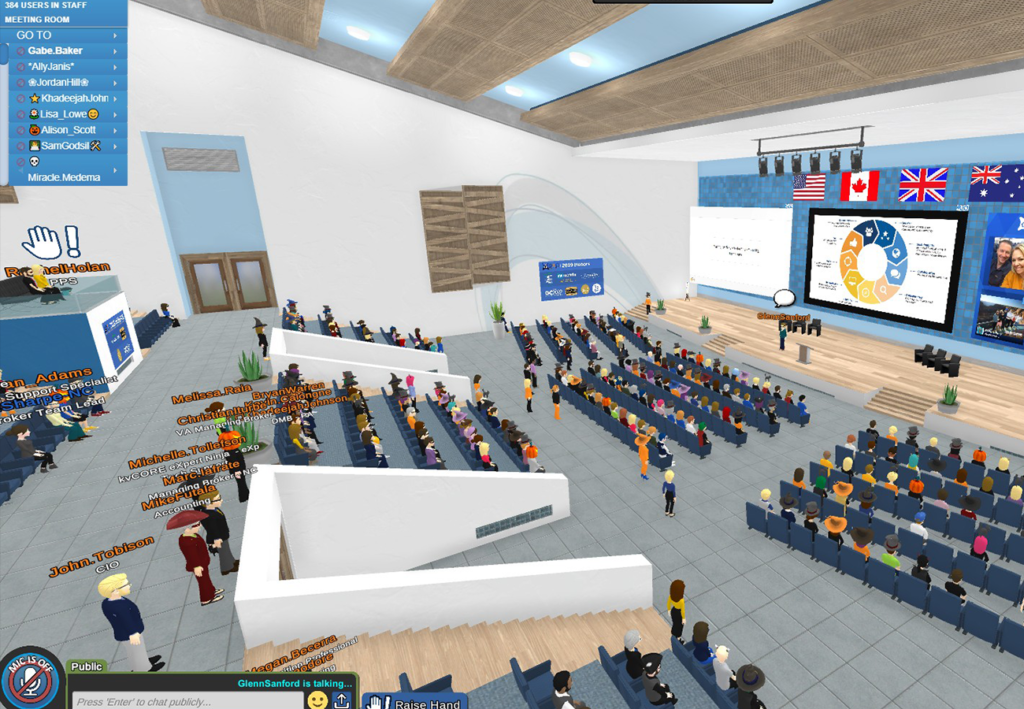
Many other solutions are making the best of the situation, with profits significantly booming following the pandemic. MeetinVR enables virtual meetings between up to 12 people; Spatial is a hybrid AR/VR solution to create your virtual avatar from a selfie; Sinespace’s Breakroom is a 3D hub to compensate for social distancing… The list goes on and on.
Zuck’s betting on the business world (for now)
Facebook isn’t lagging behind: after focusing its efforts on the launch of Oculus for Business in early 2019, it has been working with some of the biggest names in different industries. For Nestlé, the platform has set up a VR system that allows sales representatives to visit production plants virtually, with huge cost and time savings. For Hilton, Facebook provides executive training where managers can experience the daily lives of field employees in VR.
In the medical field, the Osso VR platform facilitates the training of surgeons on various Johnson & Johnson medical devices, which are ever-increasing and require demanding specialisation.
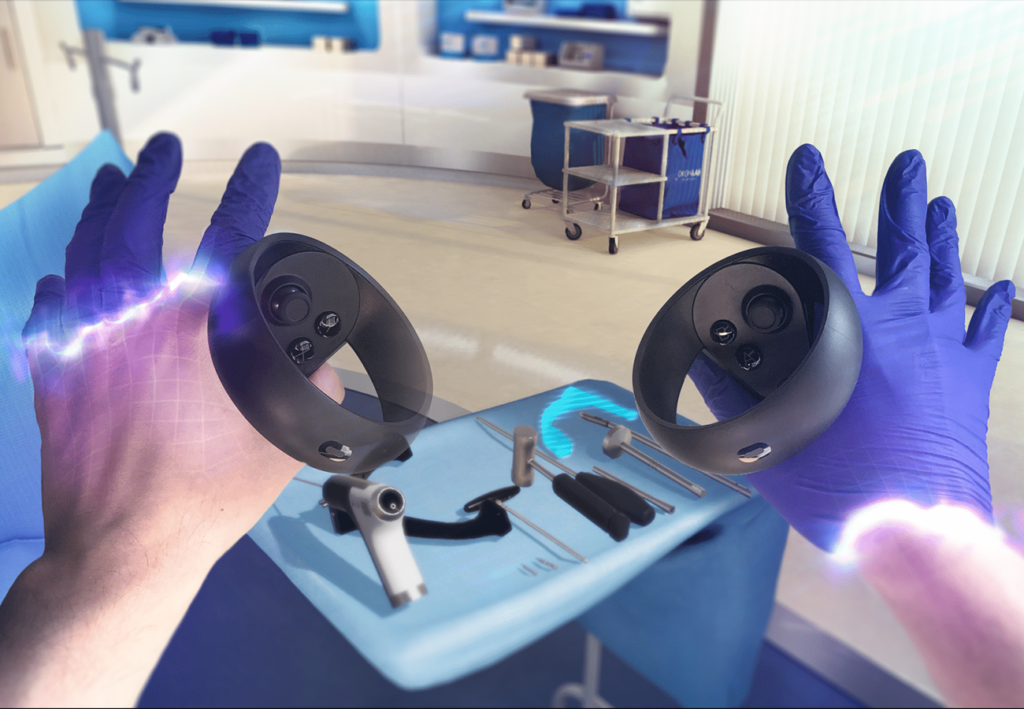
Finally, with Infinite Office, a virtual infrastructure for people working from home, Zuckerberg’s company wants to make teleworking more immersive, providing a customisable virtual office (like an employee’s desk) integrated into a larger structure (like a company’s workplace). A trial version of this new solution, designed to help counter the drawbacks of teleworking, is expected for this winter (more info in our previous article).
Homeworking for all, “thanks” to Covid-19!
Clearly, these multiplying VR solutions demonstrate the advent of a profound shift in the way we work. Because of the pandemic, businesses are drastically changing operational processes, driven by the necessity to adapt to this new isolated work life. Changes could very well become permanent: when technologies (even nascent ones) and needs (even virus-induced ones) converge, unimaginable transformations suddenly become possible.
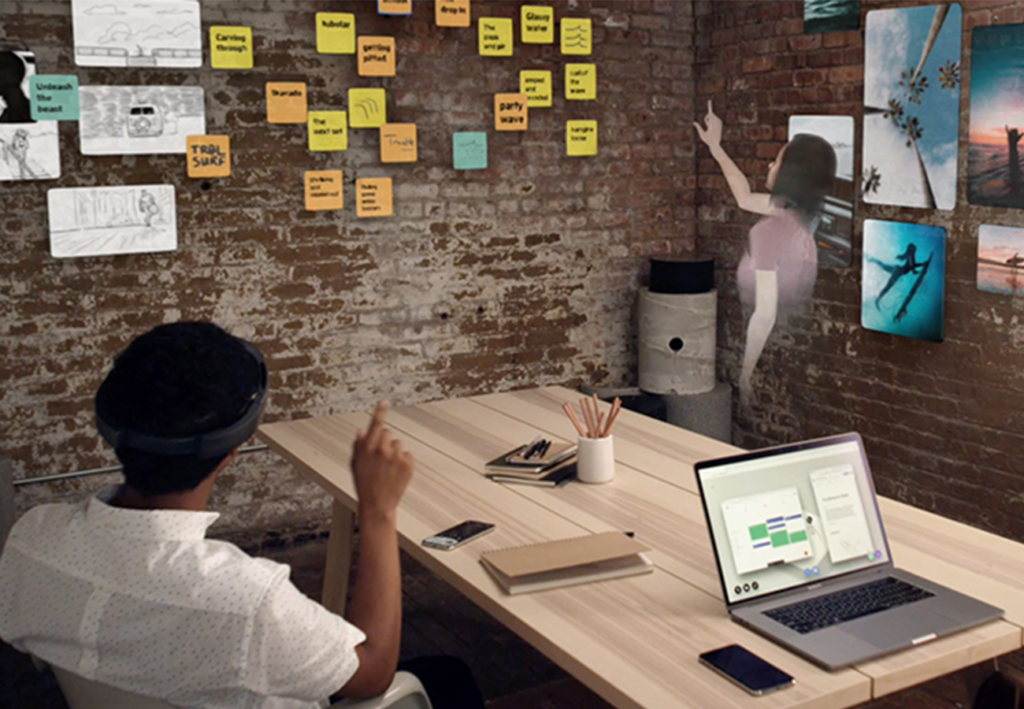
Since the hope of developing an effective vaccine before mid-2021 seems very optimistic, this explosion of the VR & AR market is hardly surprising. A trend that should predictably continue over the next few months — if not years.
The urge to move from austere tools towards much more immersive and powerful alternatives could lead to a normalisation of these practices in the long term. In compensation for the current difficulties plaguing our health system and destroying lives everywhere, Covid-19 could very well be revolutionising our lifestyle, generalising teleworking to protect us from its dangers thanks to the underestimated opportunities offered by extended reality technologies.
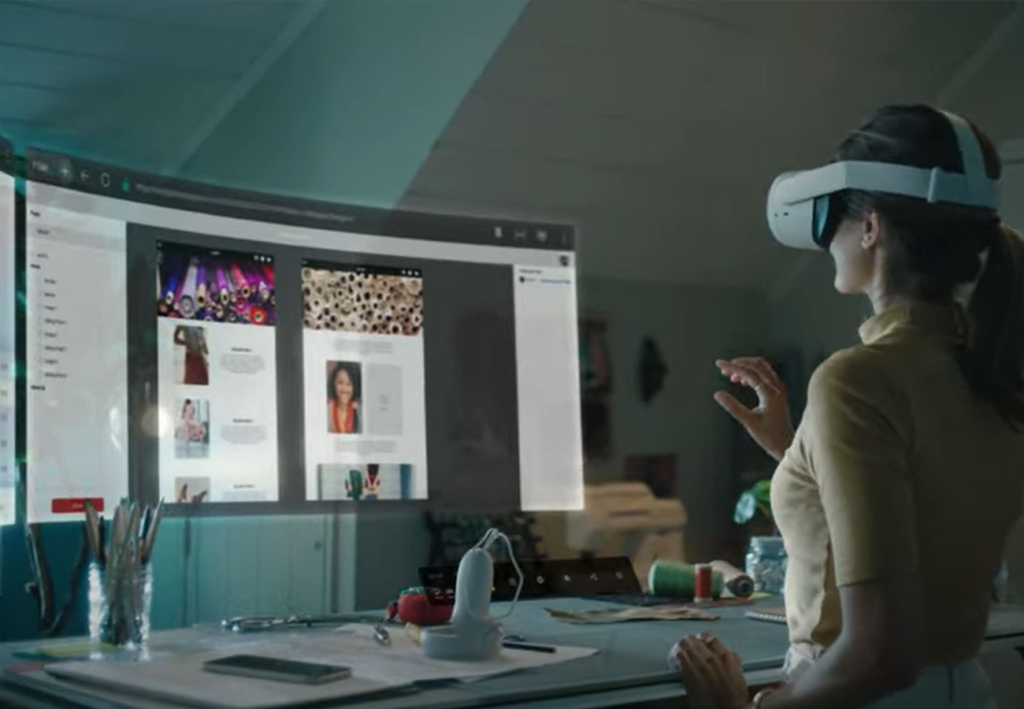
Our recent blog posts
See all blogs-
How is AI’s synthetic data enhancing User Experience Research? Technology

-
Web3.AI Rising : How new technology can add value to your business

-
How generative AI helped us create an e-commerce app – with personalised content – in just 2 weeks Technology

-
Can you build a foodie app in 3 days using Generative AI? (Spoiler alert: yes!)

